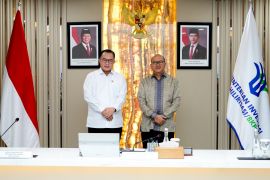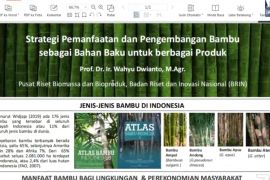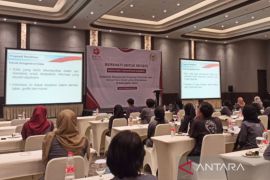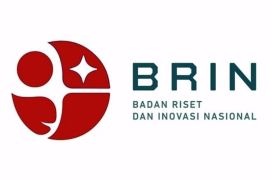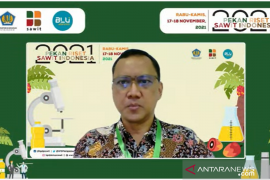BRIN Horticulture Research Center researcher Ismon Lenin stated on Monday that as many as 49 percent of the power plants in the country still use coal. In 2023, fly ash and bottom ash (FABA) production reached 11.3 million tons, of which 80–90 percent was fly ash.
"This really requires a very high effort in managing this waste, but it has the potential to be used as an ameliorant material or as a source of silica fertilizer," he said.
He explained that currently, the agricultural land in Indonesia is deficient in silica. The compound is lost from the soil through a desilication process due to intensive weathering and leaching, especially in tropical countries.
The desilication process becomes faster since farmers rarely return harvest residues or straw to the land, and there is no addition of fertilizer sourced from silica.
"Currently, we rarely hear or see farmers fertilizing land with silica. However, recently, silica fertilizer has been widely sold in the market at quite expensive prices," Lenin pointed out.
Based on Government Regulation Number 22/2021, fly ash is no longer included in the B3 waste category. However, it is still rare for the agricultural sector to utilize the potential of fly ash.
Meanwhile, foreign countries, such as China, India, and Japan, have long used fly ash as an ameliorant and have produced it as zeolite.
In 2023, through the research house program, BRIN optimized the use of fly ash as an ameliorant material for a sustainable shallot cultivation system in the highlands and peatlands.
The research will continue to the stage of formulating organic materials into a formulation that is effective in improving land quality, including in shallot-producing areas.
Indonesia's shallot production is mainly concentrated in highland drylands that are dominated by andisol soil types.
In andisol soil, the phosphate element is mostly bound by non-crystalline clay minerals: allophane, imogolite, and ferrihydrite.
High doses of organic matter are needed to release the fixed phosphate so that the soil becomes fertile.
Lenin stated that to facilitate maximum production of shallots in andisol, very high levels of organic fertilizer are needed, ranging from 20 to 70 tons per hectare.
The influence of organic materials on phosphate availability is directly through the mineralization process and indirectly helps the release of fixed phosphorus.
"Organic acids can release phosphate bound by aluminum, iron, and calcium to become phosphate available for plants. Fixed phosphate can also be released through exchange reactions with silicate ions," Lenin concluded.
Related news: Researchers highlight importance of local wisdom in forest management
Related news: BRIN outlines unique geology of last ice age in Sundaland
Translator: Sugiharto Purnama, Cindy Frishanti Octavia
Editor: Anton Santoso
Copyright © ANTARA 2024

